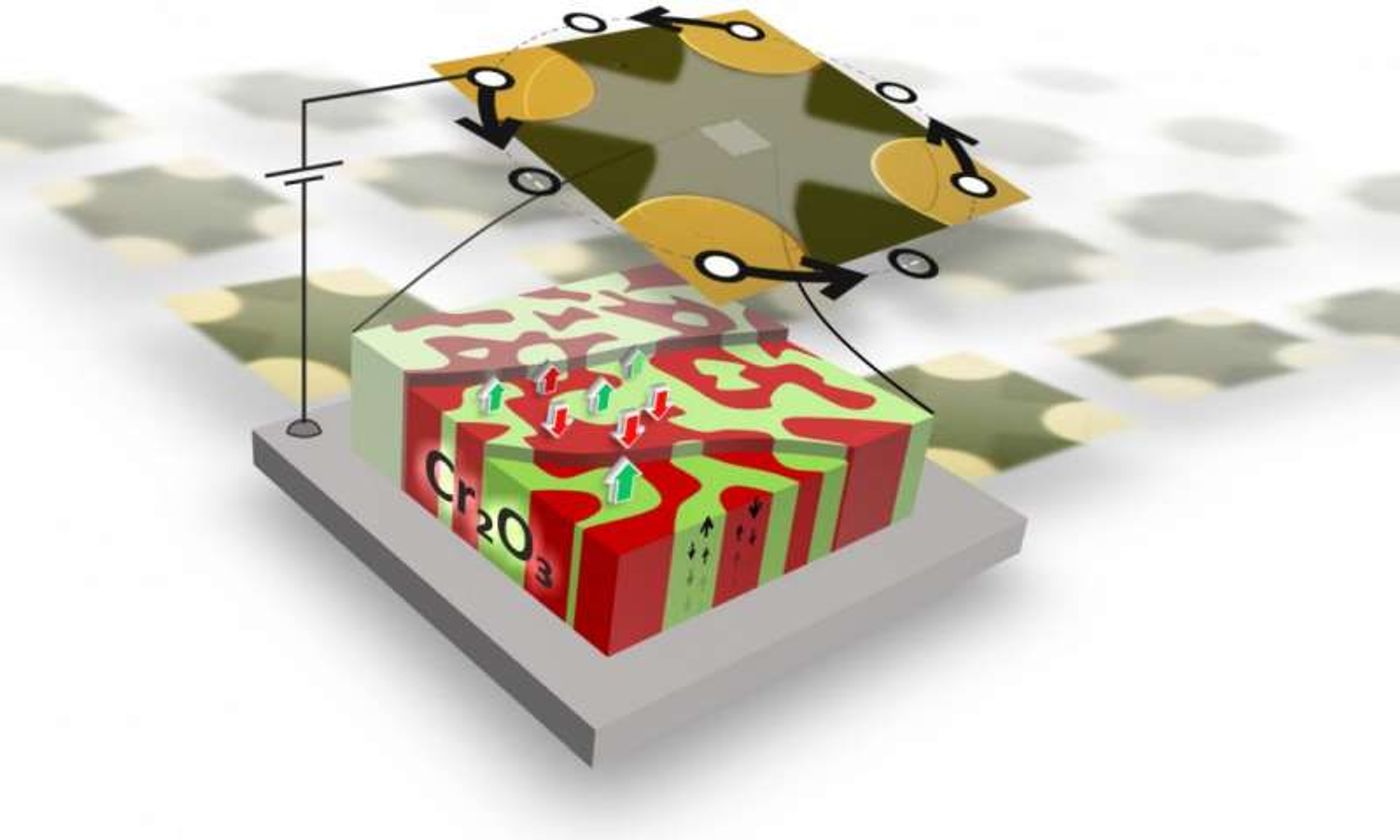Mobile and Big Data: More Memory, Less Energy
Big data centers use an extreme amount of energy, not only in keeping their computer center running, but also in cooling costs to ensure the centers don’t over-heat. There is a demand for lower energy use memory chips that can still store large amounts of data, not only for data centers but also for mobile devices.
Purely electrical memory chips are commonplace in today’s market, and are used to store a program, data or both. The information is stored in the memory chip using a series of numbers based on zeros and ones, known as bits. The bits are then gathered into groups for easier organization and reading. Random Access Memory chips (RAM) are often used for processors to temporarily store data that can be written easily and quickly and rewritten just as easily.
Due to the energy consumption and dissipation (by heat) issues that accompany large scale and general long term use of memory chips, researchers have been looking into new alternatives to the electrical chip. A group from Dresden and Basel have figured out a way to build an alternative to the electrical chip that can potentially store more data bits and uses less energy.
Magnetic RAM chips use magnetoelectric coupling to write and store information, where a magnet is stimulated by an electrical voltage instead of a current. The issue with these chips is that they cannot be easily controlled. Information can be written onto the chip but the main challenge is reading the chip to get the data out again. The research teams in Dresden and Basel have been able to tweak these MRAM chips to build a purely antiferromagnetic magnetoelectric memory chip (AF-MERAM) that still is energy efficient, about a 50-fold reduction, but also has easily controlled writing and reading ability.
To do this, the team used a thin layer of chromium oxide sandwiched between two nanometer-thin electrodes. When a voltage is applied, the chromium oxide changes magnetic states, allowing a bit to be recorded. In order to overcome the challenge of reading the stored data bit, the team added a layer of platinum on top of the chromium oxide. The platinum allows readout of the data by anomalous Hall measurements, in which an electrical voltage crosses the magnetic field.
"In contrast to other concepts, we could reduce the voltage by a factor of fifty," says Dr. Tobias Kosub, first author of the study and post-doctoral researcher at the Helmholtz-Zentrum Dresden-Rossendorf (HZDR), "This allows us to write a bit without excessive energy consumption and heating."
So far, the results look very promising and could possibly replace purely electric RAM in the future. Next steps involve adding more data to the chip. When building the prototype, the team added a single memory element onto a chip, which only stores one bit. Now, they aim to integrate several memory elements onto one chip to create a standard usable AF-MERAM chip.
Sources: phys.org, Nature Communications









